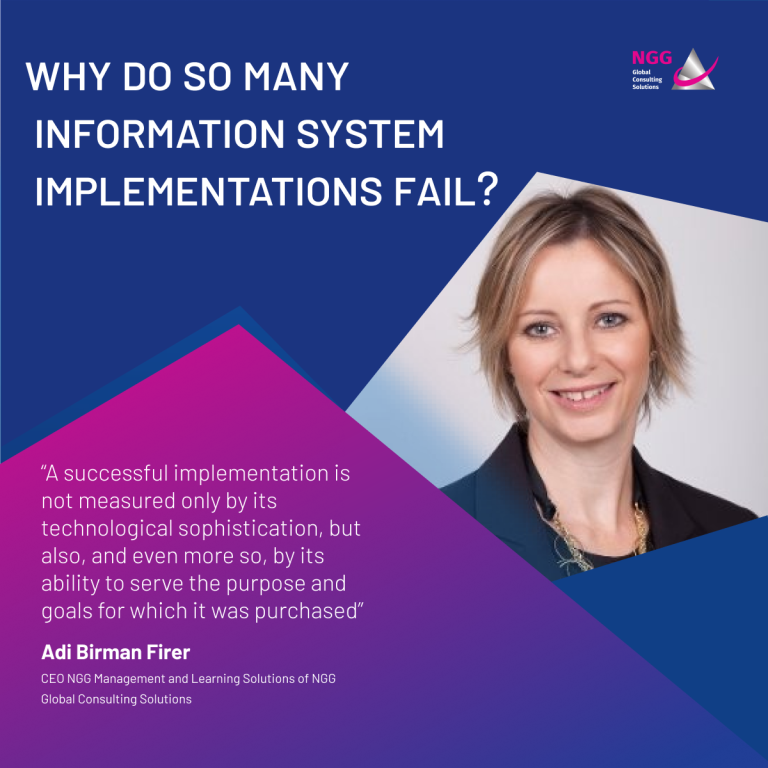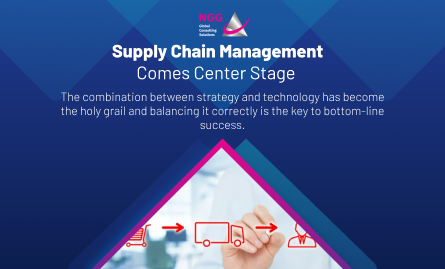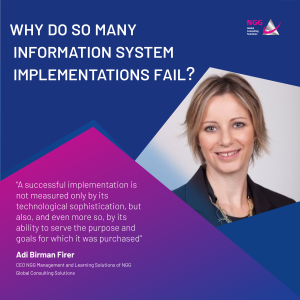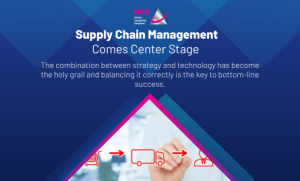Banks, insurance companies, investment firms, and credit card companies: in the finance industry this year, everyone got involved with everyone else. The big credit card companies are in the process of selling, while at the same time dealing with the fallout from the decision that they must separate from their parent companies – the big banks. The banks had acted as a distribution channel and as a captive customer for the credit card companies. They created a comfort zone, both in terms of prices and profitability and in terms of organizational coping and the need to develop a real competitive ability.
The separation increased the pressure, and the companies have been operating at a very fast pace this year – not only in terms of sales, but rather (and perhaps primarily) in terms of building their power. They now must face a competition that has changed completely. They must develop resilience now that they’ve been cut off from a strategic asset – a liaison with a central bank.
How did the credit companies act?
- Development of digital sales capabilities: providing accessibility to more services and products on the company website and app, making organizational metrics more flexible – giving greater independence to business units in order to enable full realization of potential and to increase traffic.
- Transferring operations from telephone channels to digital channels and improving performance – reducing manpower and creating more self-service options for customers.
- Decreasing the number of employees – whether through concentration of activities or digitization of processes – operational centers that the banks established a few years ago were also established here.
- Developing new products and business channels that previously didn’t exist – an intensive search for technologies and solutions appropriate for the market or for additional markets relevant to the core of the business, and more.
And what did banks, insurance companies and investment firms do this year?
Banks also continued to develop digital capabilities this year, including in customer service. They continued to develop products and services, while incorporating smart capabilities, based in artificial intelligence and Big Data, across various systems. In addition, they worked on making operational systems smaller, whether by digitizing, centralizing operations, or even by partial outsourcing – that’s right, the banks have also begun outsourcing.
Insurance companies joined the race in the financial markets, and so did investment firms. They began improving call center performance and integrating different call centers. They worked on creating more efficient systems by breaking down traditional roles and separating front office from back office. The wide investment in digital transformation is already evident in the variety and quality of services offered through the companies’ websites and the apps they distribute.
There’s no doubt that financial organizations are experiencing the world of disruption in full force and working in a variety of ways to cope with the many dimensions of change. We have worked this year to help these organizations progress through the various levels of transformation and to improving performance throughout the organization.
